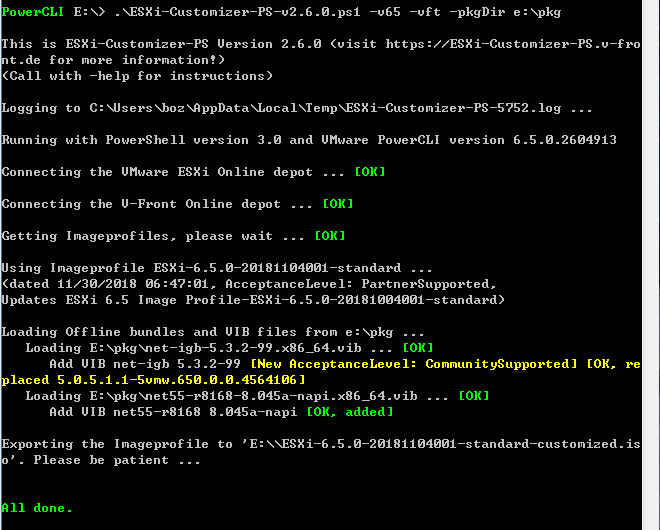1. Purpose
2. Problem description
3. Pre-requisites
4. SLR description
5. Manual SLR Procedure
6. Further reading
1. Purpose
Describe the procedure for complete offline Smart License registration.
2. Problem description:
In case of other Smart License registration methods there are limitations if we don't Internet connectivity.
- Smart-licensing requires product to connect to CSSM (cisco cloud) or SSM satellite (VM on customer premises)
- SSM satellite requires to connect to CSSM periodically (at least once in 90 days or so).
- License reservation-mechanism to reserve node-locked licenses and install on product.
3.Pre-requisites:
- Smart Licensing supported on the ios version.
- Minimum requirement 16.9.x Trains.
4. SLR Description:
Specific License Reservation (SLR) is a feature used in highly secure networks. It provides a method for Customers to deploy a Software License on a Device (Product Instance) without communicating usage information to Cisco. The advantage of this approach is that it provides Product Activation Key (PAK) / License file-like functionality while also retaining most of the benefits of full communication Smart Licensing.
- A highly secure network allows users to exchange initial information electronically, consume entitlements normally, and track entitlement usage.
- Specific license reservation (SLR) allows for entitlements, perpetual or term, to be reserved on Product Instances if users have an excess of licenses.
- A Product Instance generates a reservation request code and then you can enter that code in Smart Software Manager (SSM).
- Anyone with a Smart Account can use the SLR feature if they have the devices (product instances) that support it. If SLR is enabled for the Smart Account and if they have entitlements in surplus (only those entitlements which map to the product requesting reservation) for the reservation.
- To improve user experience with license reservations, the Specific License Reservation (SLR) authorization codes for an end product can be pre-installed at the factory.
- Going forward, Customers may not need to reserve licenses manually by generating authorization code in Smart Software Manager, as they can choose to have the authorization Code pre-installed with the Factory Install capability.
- Factory Install is available for any customer for whom this capability is enabled and a related order is placed.
- SLR workflow remains as-is where user could enter the reservation request code generated from the device in SSM, select licenses to reserve and generate Authorization code, which then needs to be entered manually on the device.
4. Manual SLR procedure:
Step 1: You need to first get SLR enabled(approval).
Please follow the instruction below for enabling SLR:
1.Send an E-mail to request to enable SLR with justification: sa-adoption-support@external.cisco.com
2. Provide Smart Account Name & Domain ID along with justification below:
2.1 Reason you need to enable SLR (i.e. Datacenter security policy, etc.)
2.2 We understand the demerits of using SLR – Cisco may contact you to confirm. Cisco Global Team will confirm the above, approve, and enable SLR.
Step 2: Enable SLR on device.
Switch(Config)# License Smart reservation
Step 3: Generate a request code from the device
Switch# License smart reservation request local
Enter this request code in the Cisco Smart Software Manager (CSSM) Portal.
Step 4: Go to CSSM and click on Licenses à License Reservation

Step 5: Enter the request code and click ‘Next’
Step 6.1: Check “Reserve a specific license “ and select license to reserve.
Step 6.2: Select the quantity of licenses to reserve and click “Next”
Step 7: Confirm the licenses and click on “Generate authorization Code”
Step 8: Click on “Copy to clipboard” or “Download as file” and save this authorization code in a file. Copy it to the device.
Step 9.1: Install the authorization code file.
Switch# License smart reservation install file flash: Authcode.txt
Reservation install file successful
OR
Step 9.2:Install the authorization code
Switch# License smart reservation install WORD authorization_code






